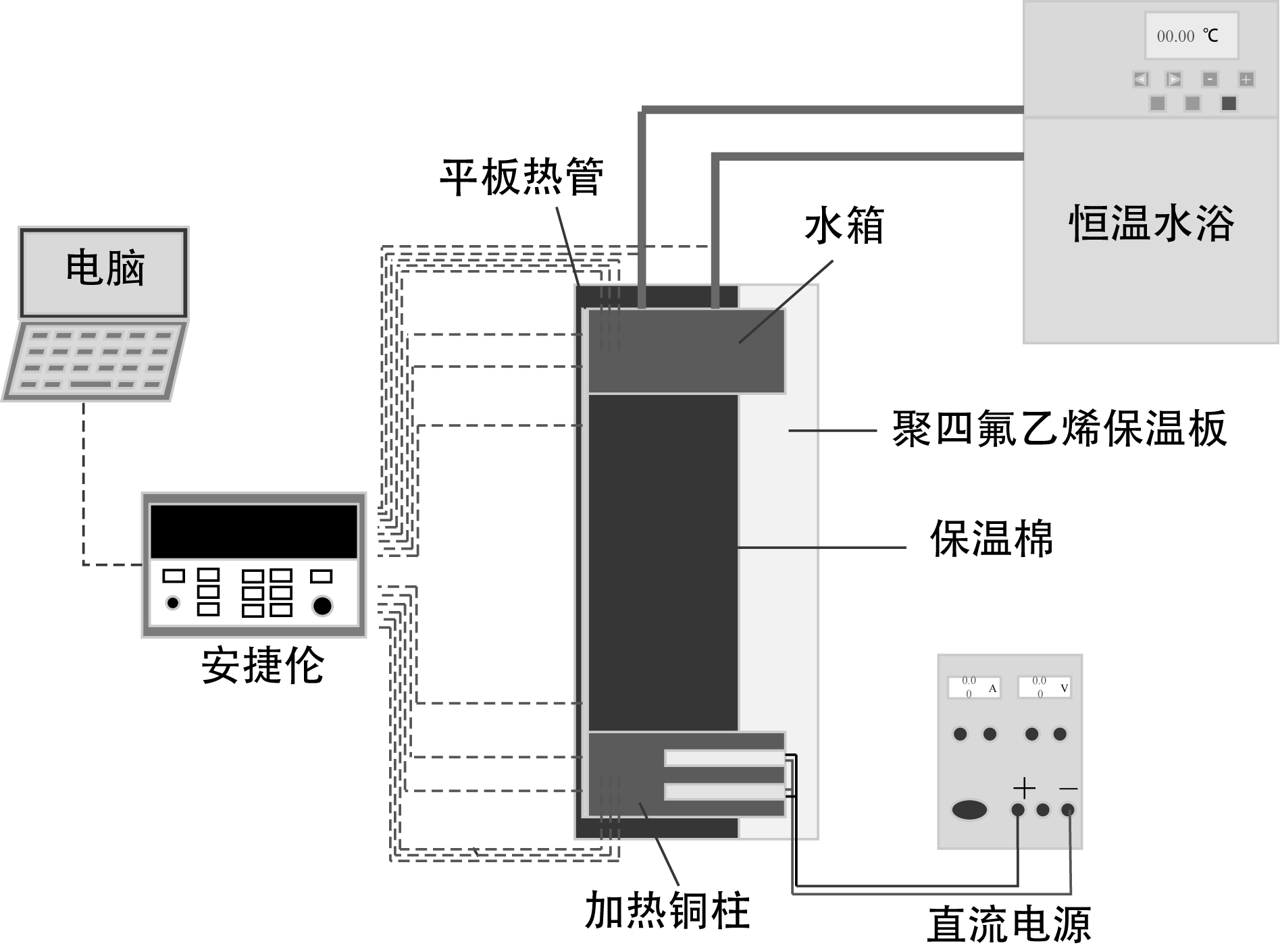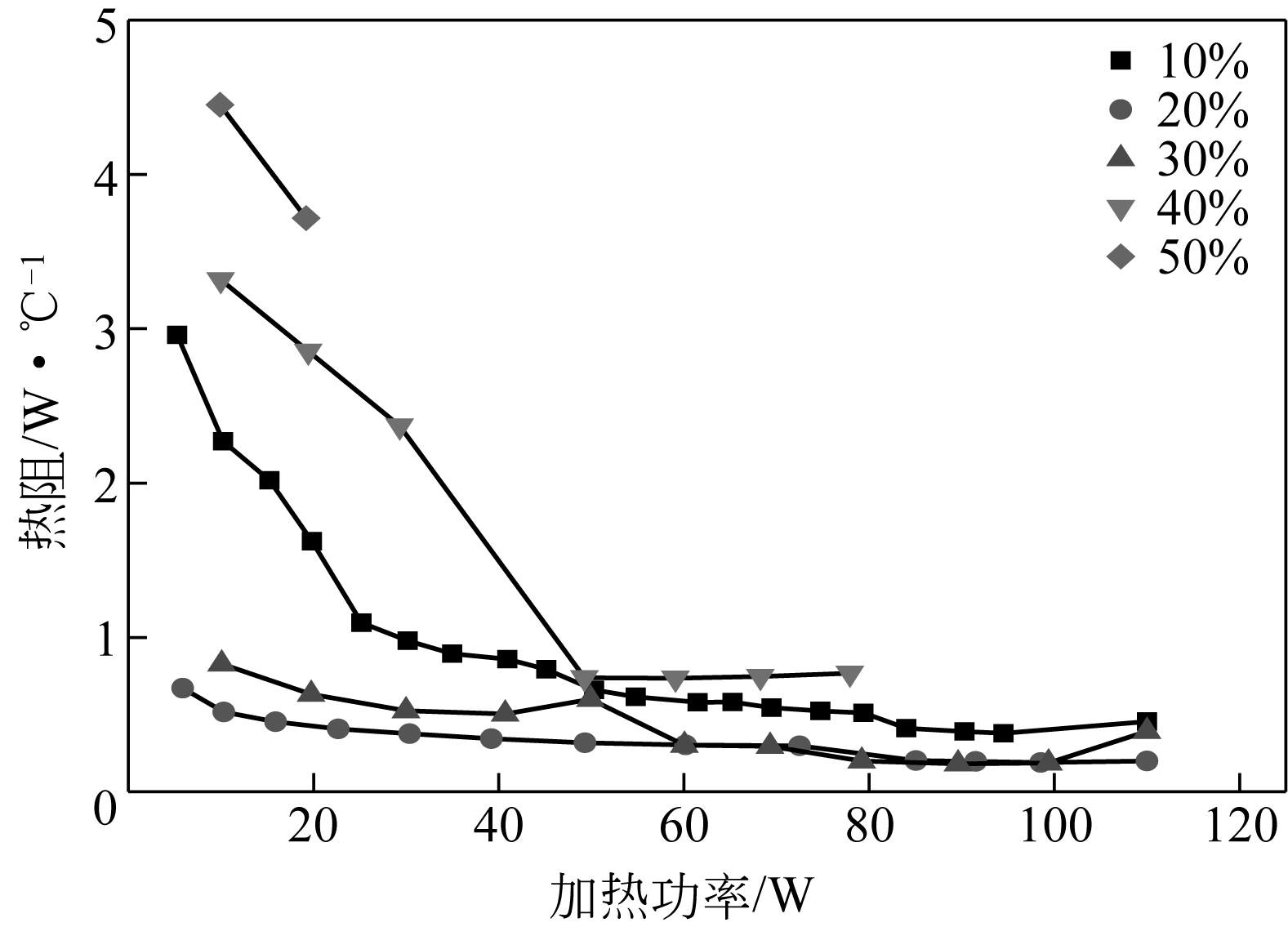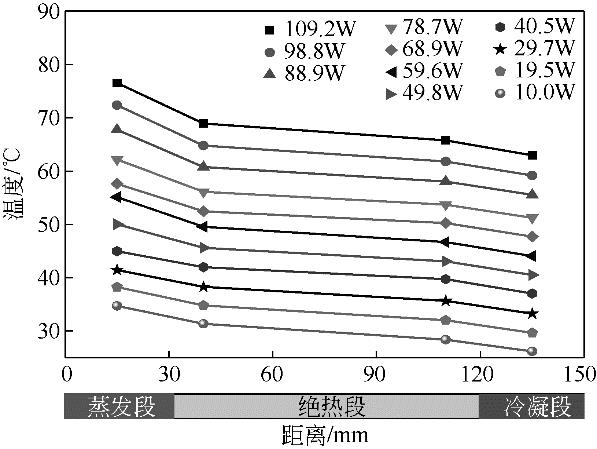| 1 |
YAU Y H,AHMADZADEHTALATAPEHM. A review on the application of horizontal heat pipe heat exchangers in air conditioning systems in the tropics[J]. Applied Thermal Engineering,2010,30(2/3):77-84.
|
| 2 |
ALY W I A,ELBALSHOUNYM A,El-HameedH M A,et al. Thermal performance evaluation of a helically-micro-grooved heat pipe working with water and aqueous Al2O3 nanofluid at different inclination angle and filling ratio[J]. Applied Thermal Engineering,2017,110:1294-1304.
|
| 3 |
YANGX,YANY Y,MULLEND. Recent developments of lightweight, high performance heat pipes[J]. Applied Thermal Engineering,2012,s 33/34(1):1-14.
|
| 4 |
ALAWIO A,SIDIKN A C,MOHAMMEDH A,et al. Fluid flow and heat transfer characteristics of nanofluids in heat pipes:a review[J]. International Communications in Heat & Mass Transfer,2014,56(8):50-62.
|
| 5 |
PETERSONG P. An introduction to heat pipes: modeling, testing, and applications[M]. New York: Wiley -Interscience ,1994.
|
| 6 |
JANICKIM, NAPIERALSKIA. Modeling electronic circuit radiation cooling using analytical thermal model[J]. Microelectronics Journal,2000,31(9/10):781-785.
|
| 7 |
KHRUSTALEVD, FAGHRIA. Heat transfer in the inverted meniscus type evaporator at high heat fluxes[J]. International Journal of Heat & Mass Transfer,1995,38(16):3091-3101.
|
| 8 |
CHENS W,HSIEHJ C,CHOUC T,et al. Experimental investigation and visualization on capillary and boiling limits of micro-grooves made by different processes[J]. Sensors & Actuators A: Physical,2007,139(1):78-87.
|
| 9 |
LIPSS,LEFEVREF,BONJOURJ. Nucleate boiling in a flat grooved heat pipe[J]. International Journal of Thermal Sciences,2009,48(7):1273-1278.
|
| 10 |
LIPSS,LEFEVREF,BONJOURJ. Physical mechanisms involved in grooved flat heat pipes: experimental and numerical analyses[J]. International Journal of Thermal Sciences,2011,50(7):1243-1252.
|
| 11 |
LIPSS,LEFEVREF,BONJOURJ. Combined effects of the filling ratio and the vapour space thickness on the performance of a flat plate heat pipe[J]. International Journal of Heat & Mass Transfer,2010,53(4):694-702.
|
| 12 |
SUPOWITJ,HEFLINGERT,STUBBLEBINEM,et al. Designer fluid performance and inclination angle effects in a flat grooved heat pipe[J]. Applied Thermal Engineering,2016,101:770-777.
|
| 13 |
XUP,LIQ. Visualization study on the enhancement of heat transfer for the groove flat-plate heat pipe with nanoflower coated CuO layer[J]. Applied Physics Letters,2017,111(14):141609.
|
| 14 |
HOPKINSR,FAGHRIA. Flat miniature heat pipes with micro capillary grooves[J]. Transactions of the Asme Serie C: Journal of Heat Transfer,1999,121(1):102-109.
|
| 15 |
WONGS C,CHENC W. Visualization and evaporator resistance measurement for a groove-wicked flat-plate heat pipe[J]. International Journal of Heat & Mass Transfer,2012,55(9/10):2229-2234.
|
| 16 |
LAUNAYS,SARTREV,LALLEMANDM. Experimental study on silicon micro-heat pipe arrays[J]. Applied Thermal Engineering,2004,24(2):233-243.
|
| 17 |
LEBERREM,LAUNAYS,SARTREV,et al. Fabrication and experimental investigation of silicon micro heat pipes for cooling electronics[J]. Journal of Micromechanics & Microengineering,2003,13(3):436.
|
| 18 |
DEANR N,HARRISD K,PALKARA Y,et al. Liquid metal-filled micro heat pipes for thermal management of solid-state devices[J]. IEEE Transactions on Industrial Electronics,2012,59(12):4888-4894.
|
| 19 |
SOLOMONA B,KUMARA M R,RAMACHANDRANK,et al. Characterisation of a grooved heat pipe with an anodised surface[J]. Heat & Mass Transfer,2016,53(3):1-11.
|
| 20 |
KIM H J,LEE S H,KIM S B,et al. The effect of nanoparticle shape on the thermal resistance of a flat-plate heat pipe using acetone-based Al2O3 nanofluids[J]. International Journal of Heat & Mass Transfer,2016,92:572-577.
|
| 21 |
HAOX H,PENGB,CHENY,et al. Experimental investigation on heat transfer performance of a flat plate heat pipe with MWCNTS-acetone nanofluid[J]. Journal of Heat Transfer-transactions of the ASME,2017,139(6):062001.
|
| 22 |
ALIJANIH,ÇETINB,AKKUSY,et al. Effect of design and operating parameters on the thermal performance of aluminum flat grooved heat pipes[J]. Applied Thermal Engineering,2018,132:174-187.
|
| 23 |
STUBBLEBINEM J,CATTONI. Passivation and performance of inorganic aqueous solutions in a grooved aluminum flat heat pipe[J]. Journal of Heat Transfer,2015,137(5):052901.
|
| 24 |
TANGH,TANGY,YUANW,et al. Fabrication and capillary characterization of axially micro-grooved wicks for aluminium flat-plate heat pipes[J]. Applied Thermal Engineering,2018,129:907-915.
|
| 25 |
王宏燕,赵耀华. 平板微热管阵列垂直传热的数值分析[J]. 化工学报,2014,65(2):508-515.
|
|
WANGH Y,ZHAOY H. Numerical investigation on heat transfer of vertical micro-heat pipe arrays[J]. CIESC Journal,2014,65(2):508-515.
|
 ),Yaohua ZHAO,Zhenhua QUAN(
),Yaohua ZHAO,Zhenhua QUAN( ),Hongyan WANG
),Hongyan WANG













